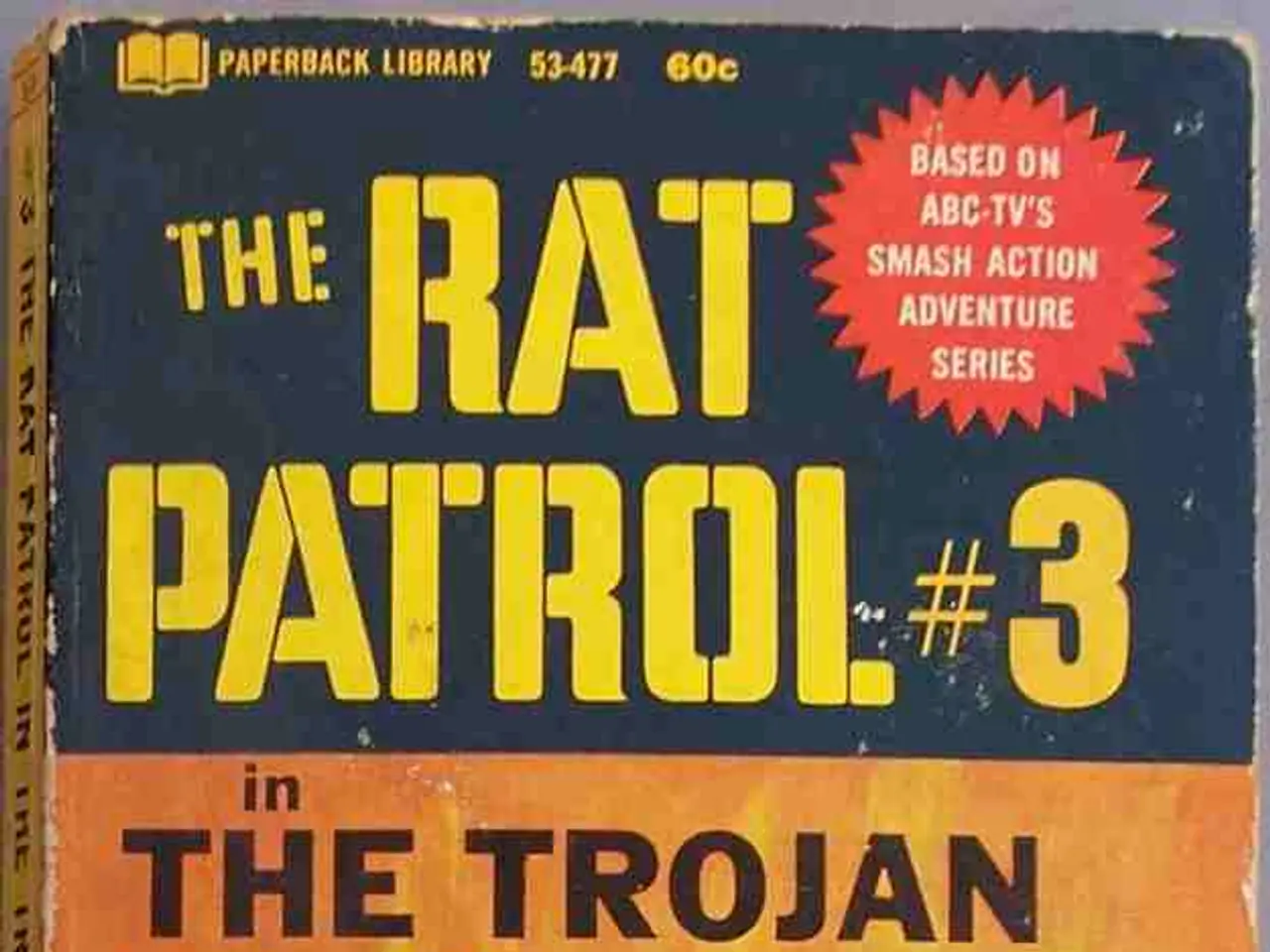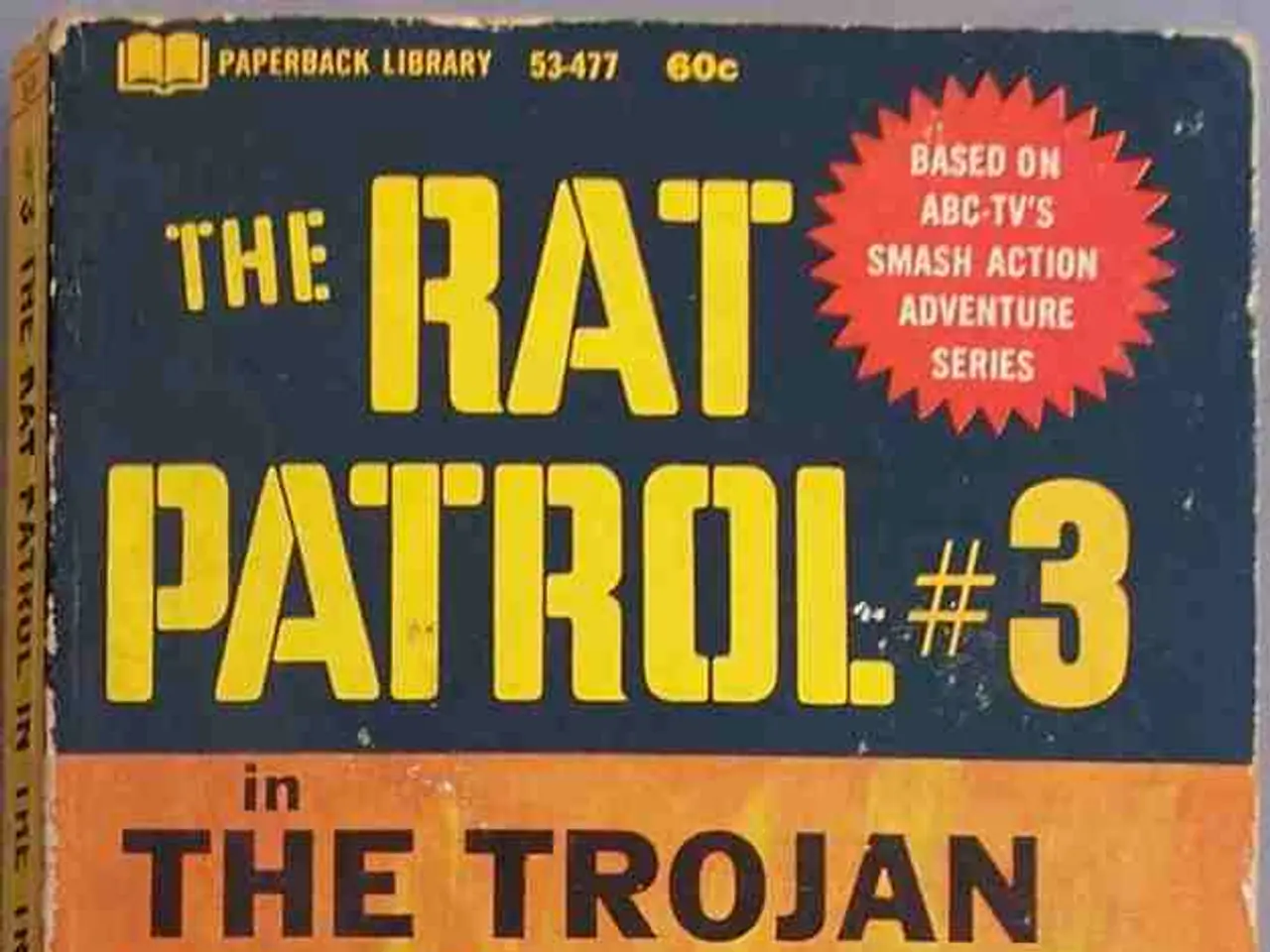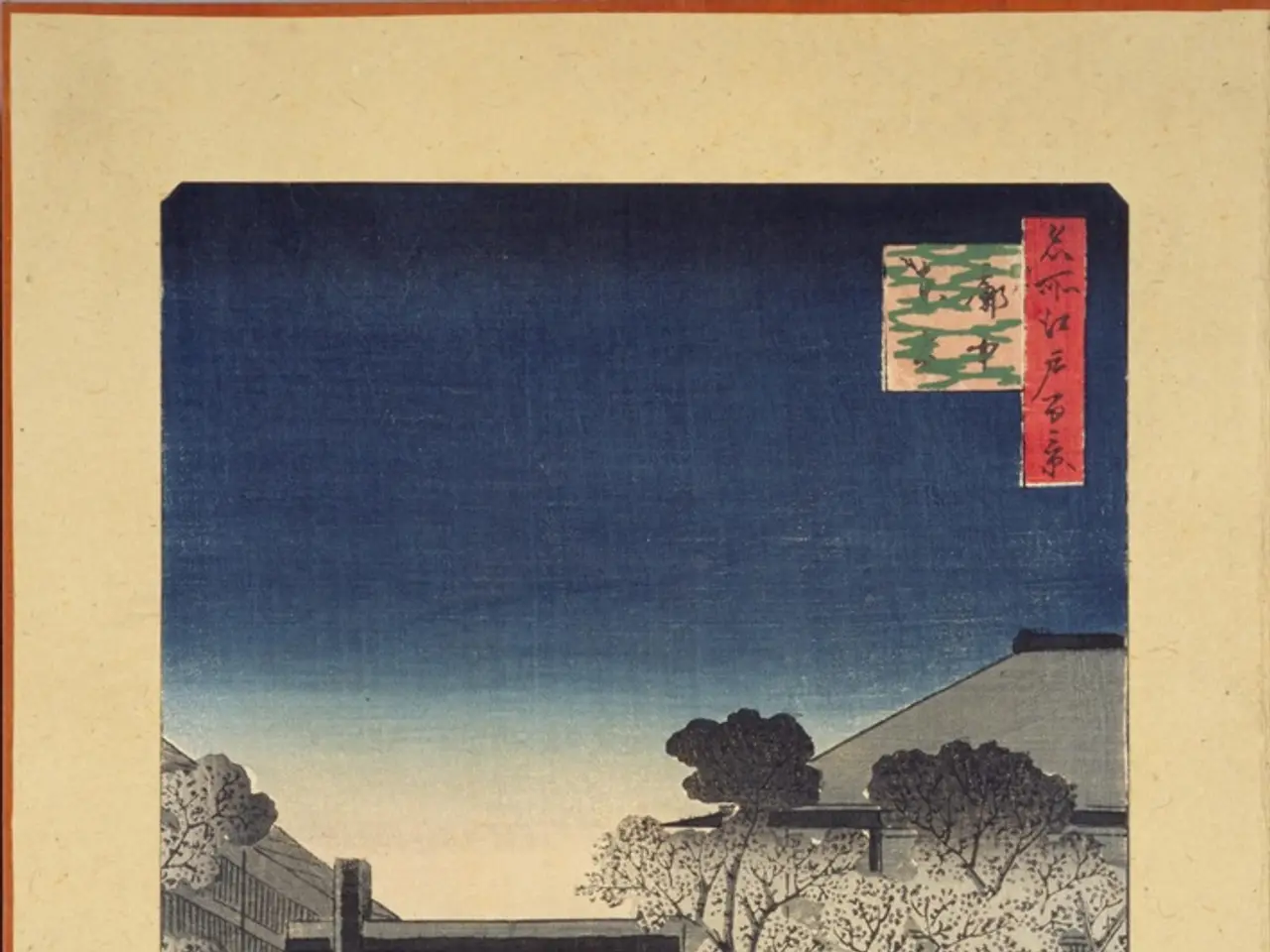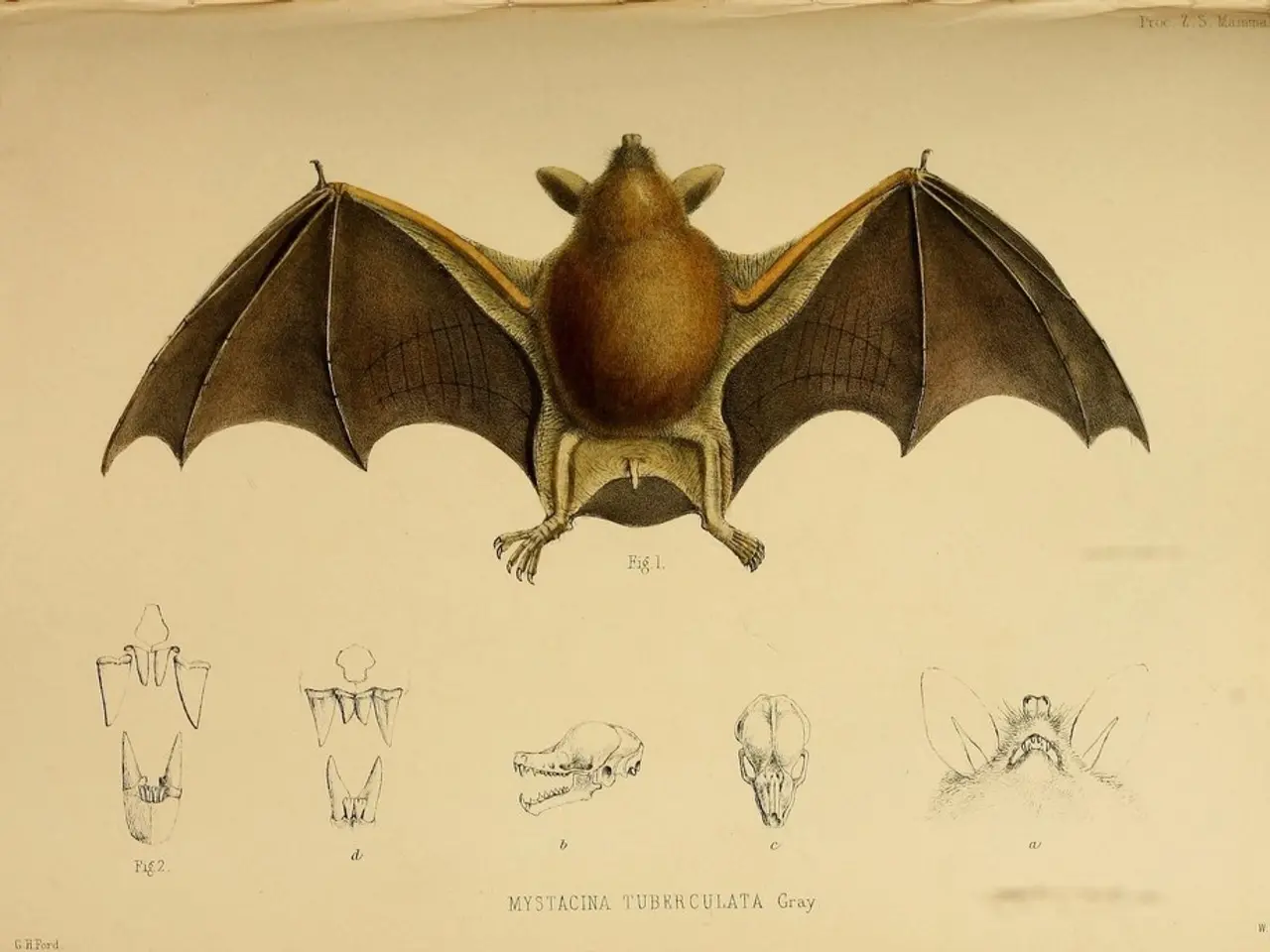Uncovered archaeological finds in eastern Turkey point to the little-known front lines of the Ottoman-Russian War.
In the picturesque Şerafettin Mountains of Bingol province, a resident named Ali Kus has made an extraordinary discovery that sheds light on a little-known chapter of Turkey's wartime history. As a boy, Kus stumbled upon relics from the 1916-1917 Ottoman-Russian War while herding livestock, but it wasn't until years later that he realized their true historical value.
Initially, Kus sold his findings – items such as bullets, horseshoes, and shrapnel – to scrap dealers. However, a visit to a museum in Çanakkale sparked a newfound appreciation for these relics. Recognizing their significance, Kus began collecting and preserving them about ten years ago. Using an off-road vehicle, he traced old Russian military positions and uncovered weapons and gear left behind by Ottoman and Russian soldiers.
Kus's collection now includes an array of artifacts, including rifles, kukris (curved knives), bullets, chest keys, helmets, buttons, and rifle stocks. These objects offer a tangible connection to the material culture of both Ottoman and Russian troops stationed in the region during the war. The site, located approximately 2,700 meters above sea level, also contains several soldier graves, underscoring the human cost of the conflict.
To share this heritage with others, Kus has created a mini-museum adjacent to the Azizan Martyrs’ Memorial, a government-established monument honouring those who died during the war. The site is now officially protected by the Ministry of Culture and Tourism and functions as a living memorial to the forgotten front of the Ottoman-Russian War.
Through his display, Kus aims to educate locals, including his grandson and other children, about this often overlooked chapter of history and the sacrifices made in the mountainous frontlines. The mini-museum offers a unique perspective on a chapter of history rarely covered in detail, providing a valuable insight into the lives of soldiers and the realities of the conflict in the Eastern Anatolian highlands.
This preservation effort serves as a direct link to the past for the local community, helping to shed light on a vital but rarely detailed part of Turkey’s wartime past. Kus's dedication to preserving these relics is a testament to the importance of remembering and honouring the past, and his mini-museum stands as a poignant reminder of the human cost of war and the sacrifices made for the homeland.
[1] "A Hidden Treasure of War Relics Unearthed in Eastern Turkey." Anadolu Agency, Anadolu Agency, 11 July 2020, www.aa.com.tr/en/culture/a-hidden-treasure-of-war-relics-unearthed-in-eastern-turkey/1786825
[2] "Turkish Man Preserves War Relics from Eastern Anatolia." Daily Sabah, Daily Sabah, 10 July 2020, www.dailysabah.com/life/arts-culture/2020/07/10/turkish-man-preserves-war-relics-from-eastern-anatolia
[3] "A Turkish Man's Collection of War Relics Shines Light on Eastern Anatolia's Past." Hurriyet Daily News, Hurriyet Daily News, 12 July 2020, www.hurriyetdailynews.com/a-turkish-mans-collection-of-war-relics-shines-light-on-eastern-anatolias-past-159486
- The government of Turkiye has established a memorial, the Azizan Martyrs’ Memorial, to honor those who died during the Ottoman-Russian War, and it is now home to a mini-museum created by a local resident called Ali Kus.
- In a small but important contribution to Turkish politics, Kus is preserving and displaying relics from the Ottoman-Russian War, including weapons, equipment, and soldiers' graves, in order to educate locals about this often overlooked chapter of the country's wartime history.
- The relics collected by Kus from the 1916-1917 Ottoman-Russian War, such as rifles, kukris, helmets, buttons, and bullets, serve as a reminder of the human cost of the conflict and symbolize the two opposing military forces, Turkey and Russia, involved in war-and-conflicts.






